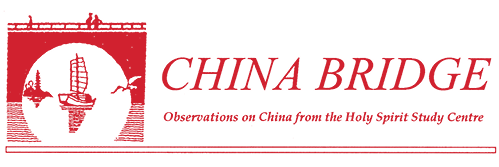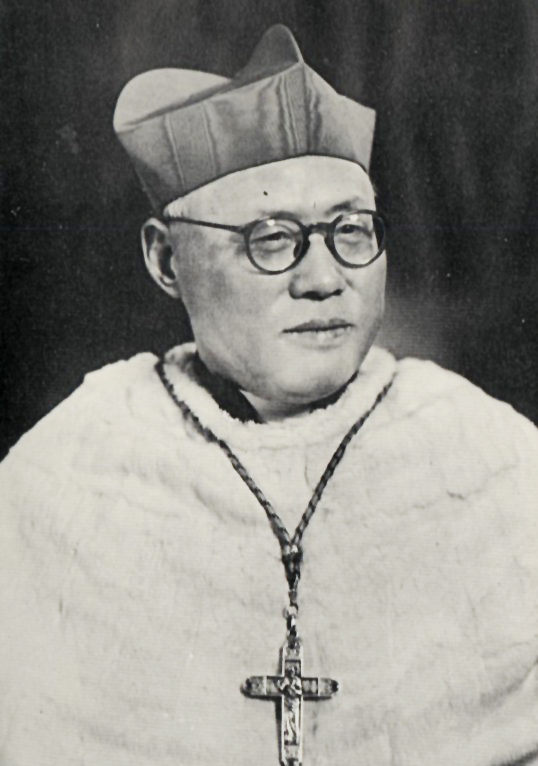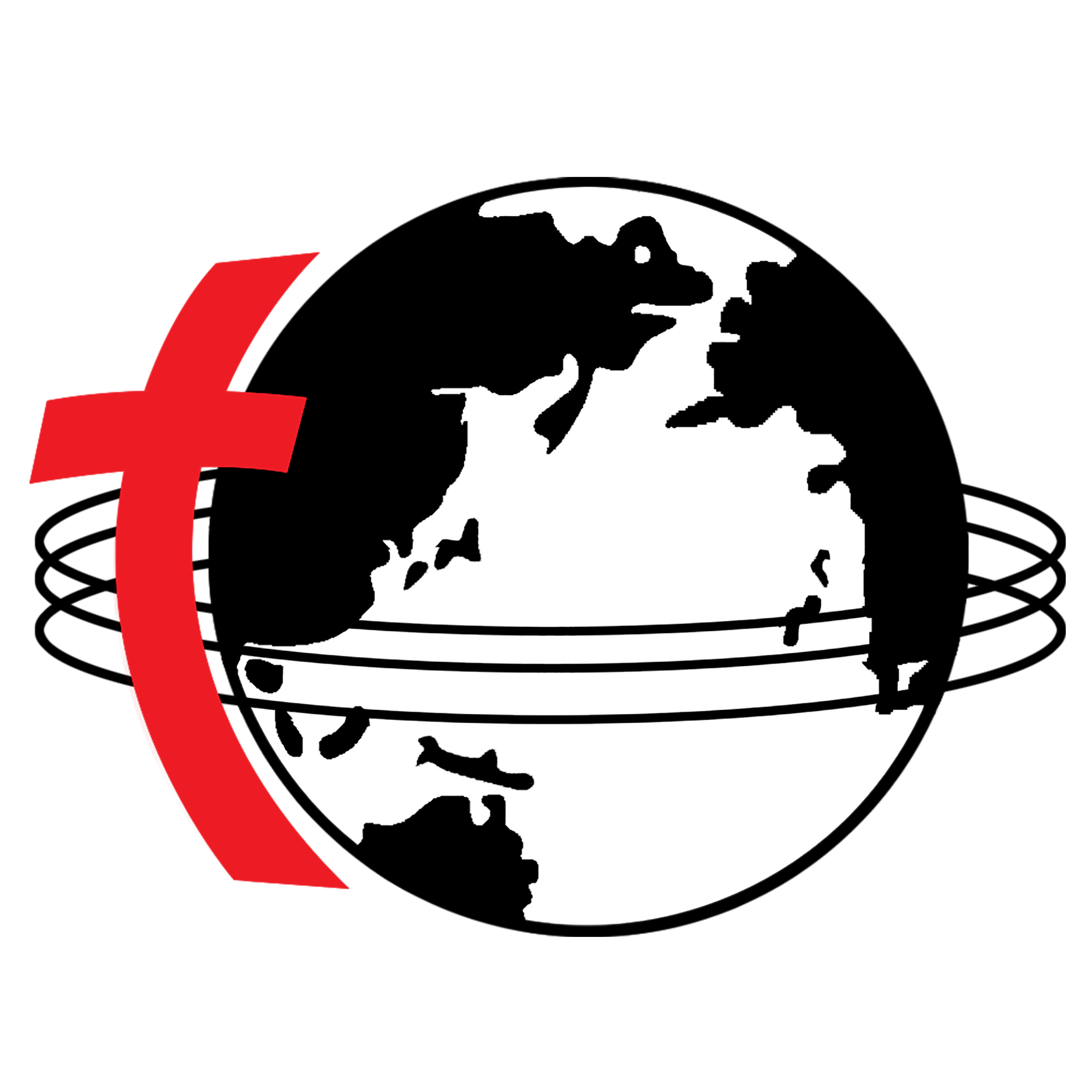
China Bridge (神州橋樑)_2016/Apr
The 70th anniversary of Church hierarchy in China
On 11 April 1946, Pope Pius XII (1876 to 1958) established the ecclesiastical hierarchy in China – the normal structure of the Catholic Church in a given country.
It consists of establishing dioceses (particular or local Churches), each with its own bishop, who collectively are the successors of the Apostles by divine institution, pastors within the Church so that they are teachers of doctrine, priests of sacred worship and ministers of governance… (functions to be) exercised only when they are in hierarchical communion with the Head of the episcopal college and its members (Code of Canon Law, can. 375).
All dioceses are grouped around archdioceses, while gatherings of some form an ecclesiastical region or province.
In each of the already existing 20 ecclesiastical regions China, the new system had archiepiscopal or metropolitan sees (archdioceses) and 79 suffragan episcopal sees (dioceses), as well as 38 apostolic prefectures (the first stage of development of a mission territory).
Twenty-eight of these 137 ecclesiastical circumscriptions were led by Chinese, 21 of whom were bishops.
As it was already a diocese, Macau was not part of this innovation, neither was the apostolic administration, or exarchate, for the Russian Catholic Orthodox of Harbin, due to their specific political and ecclesiastical situations.
The most meaningful change pertained to the authority and role of bishops.
Through episcopal ordination, those who had been apostolic vicars received complete and immediate authority over a diocese – they were no longer vicars, that is, sent as representatives of the pope, but united with him as the successors of the apostles, bearing direct responsibility for the flock entrusted to them.
Their “ordinary, proper and immediate authority” (canon 381) and their functions were strengthened and increased, both in their consciences and before their people.
The establishment of the normal structure of the Church in China with its ecclesiastical hierarchy traces a long and difficult path characterised by both successes and failures.
It began with Archbishop John of Montecorvino (1246 to 1328) in the early 14th century and developed into a system of apostolic vicariates from the 17th century onwards.

The formation of the ecclesiastical hierarchy, was aided and abetted by the establishment of diplomatic ties between China and the Holy See in 1942, as well as by the creation of the first Chinese cardinal, the apostolic vicar of Qingdao, Thomas Cardinal Tian Gengxin (田更新 1890 to 1967) from the Society of the Divine Word, on 18 February 1946.
Soon after, Cardinal Tian was transferred to the metropolitan see of Beijing (then Beiping), since it was appropriate that the traditional capital should have the first Chinese cardinal.
Present situation
It took a long time and constant effort to build up the normal structure of the Church in China, but how is the situation today?
Unfortunately, through the external intervention of the Chinese government, it was de facto abolished within a decade with the introduction of the so-called democratic management of the Church.
In 1957 the authorities summoned the First National Assembly of Chinese Catholic Representatives in Beijing from July 17 to August 2. It was considered the supreme wielder of authority over the Church.
The assembly approved the statutes of the Chinese Catholic Patriotic Association and, on August 3, it elected 150 members, of whom 50 formed the permanent committee.1
However, in practice the highest authority rested with the leaders of the Patriotic Association, whose members accepted the full control of the Communist Party through the then-Religious Affairs Bureau, now the State Administration for Religious Affairs, and the United Front Work Department, as well as the principle of the Three Autonomies of the Church.
Sometime later, the democratic election and ordination of episcopal candidates was also introduced, with bishops being virtually reduced to the level of civil servants on the payroll and under the control of the government.
In his 2007 Letter to Chinese Catholics, Pope Benedict XVI clearly specifies the stand of the Catholic Church:
Considering Jesus’ original plan, it is clear that the claim of some entities, desired by the State and extraneous to the structure of the Church, to place themselves above the Bishops and to guide the life of the ecclesial community, does not correspond to Catholic doctrine, according to which the Church is apostolic, as the Second Vatican Council underlined…
Likewise, the declared purpose of the afore-mentioned entities to implement the principles of independence and autonomy, self-management and democratic administration of the Church is incompatible with Catholic doctrine, which from the time of the ancient Creeds professes the Church to be one, holy, catholic and apostolic (No.7).
After the launch of the economic reform policies of liberalisation and opening up to the world by Deng Xiaoping at the end of 1978, social changes also started to affect the structure and geography of the Catholic Church.
The number of clergy, both those able to return to ministry and newly-trained priests, was quite limited and insufficient to cover the ministry needs of all the Church’s traditional territories.
Moreover, traditional centres of Catholic activity were being overtaken by the fast pace of economic development in neighbouring cities and regions, which took on primary social importance.
Due to these factors, the Chinese government not only drew, or redrew, the administrative boundaries of some provinces but, also exercised control over religious affairs by beginning to abolish the demarcation lines between ecclesiastical territories in order to move episcopal sees to more developed cities and merge dioceses; in some cases leaving only one in a single civil province.
Thus, the structure of the ecclesiastical hierarchy of the Catholic Church in China practically disappeared. All differentiation characteristics of ecclesiastical circumscriptions were abolished, as all were called dioceses.
Moreover, in 1966 the Second Vatican Council under Pope Paul VI took the step of establishing regional and national episcopal conferences.
The operation, authority and responsibilities of these conferences are governed by the Code of Canon Law (canons 447 to 459), which were clarified by Pope John Paul II in 1998: bishops’ conferences do not share in the teaching authority of the universal College of Bishops, although individual bishops do as members of the college, which maintains unity with the bishop of Rome and under his authority.
Consequently, bishops’ conferences cannot make doctrinal declarations on their own authority and, while they can assist individual bishops, they cannot substitute their authority for his, which he exercises individually over his diocese.
Pope Benedict stated in his 2007 letter:
An Episcopal Conference expresses the fraternal communion of all the bishops of a nation and treats the doctrinal and pastoral questions that are significant for the entire Catholic community of the country without, however, interfering in the exercise of the ordinary and immediate power of each Bishop in his own diocese (No.8).
The Third National Assembly of Chinese Catholic Representatives (21 to 30 May 1980) established the Bishops’ Conference of the Catholic Church in China, but with a different nature and function. Its members were elected by the National Assembly, which, together with the Patriotic Association, became the two authoritative organs (yihui yituan, 一會一團), though officially under the National Assembly of the Catholic Representatives itself.
The members of the yihui yituan are generally the same and are under the control of government officials responsible for religious affairs.
The Holy See considers the democratic system and all the democratic organs of the Church in China to be incompatible with the nature and doctrine of the Catholic Church.
Consequently, Rome continues to recognise only the traditional, or normal, structure of the Church in China, which was fixed with the 1946 institution of the ecclesiastical hierarchy.
However, it remains willing to and is waiting for a suitable time to discuss the issues involved with the Chinese authorities. This is clearly stated by Pope Benedict in his 2007 Letter to Chinese Catholics:
Numerous administrative changes have taken place in the civil sphere during the last 50 years. This has also involved various ecclesiastical circumscriptions, which have been eliminated or regrouped or have been modified in their territorial configuration on the basis of the civil administrative circumscriptions.
In this regard, I wish to confirm that the Holy See is prepared to address the entire question of the circumscriptions and ecclesiastical provinces in an open and constructive dialogue with the Chinese Episcopate and – where opportune and helpful – with governmental authorities (No.11).
The celebration of the 70th anniversary of the establishment of the ecclesiastical hierarchy in China should be a good occasion both outside and inside China to reflect upon the issues involved, in particular the source of the sacred authority of the bishops, their true function and the value of the proper autonomy of each local Church or diocese, in order to better understand the plan of Christ for his Church.
Father Sergio Ticozzi PIME
1 See: 中國天主教友愛國會編, 1957; see also Guangyang Biweekly: (廣揚 半月刊,中國天主教教友代表會議專輯), no. 13-15, a special issue reporting the acts of the assembly.


 ENG
ENG